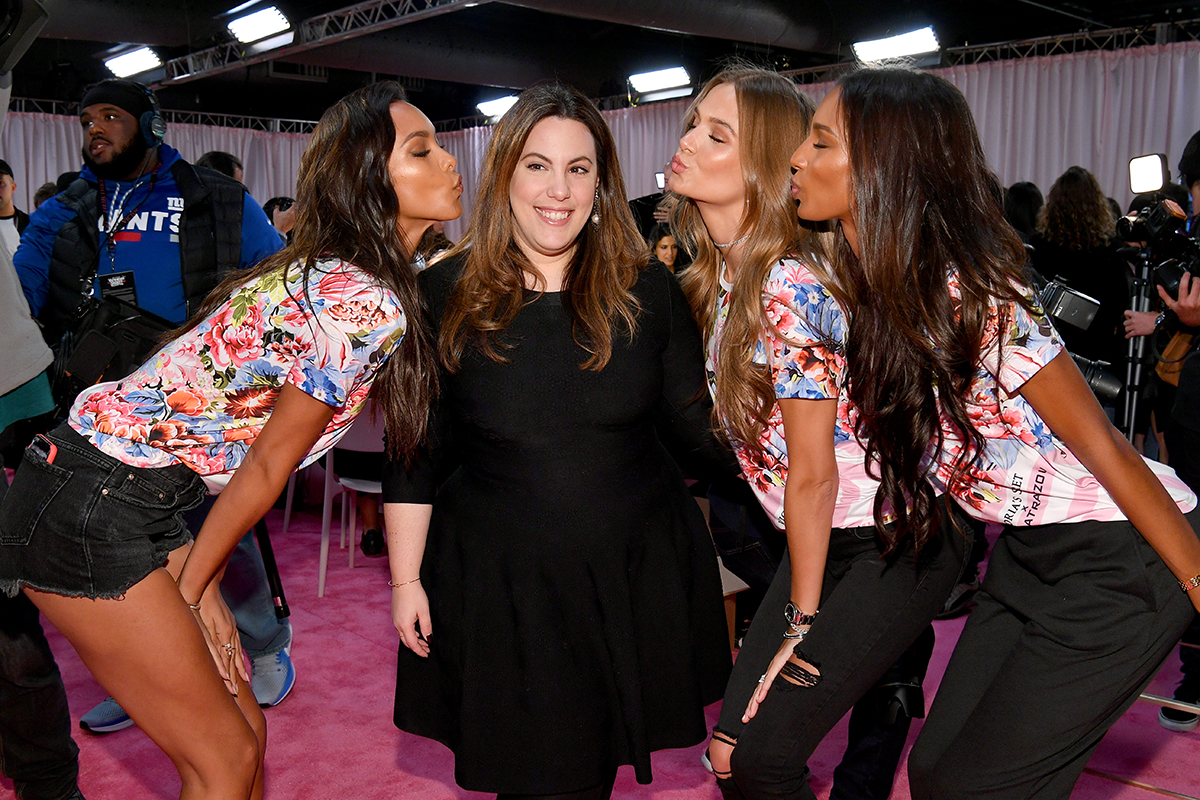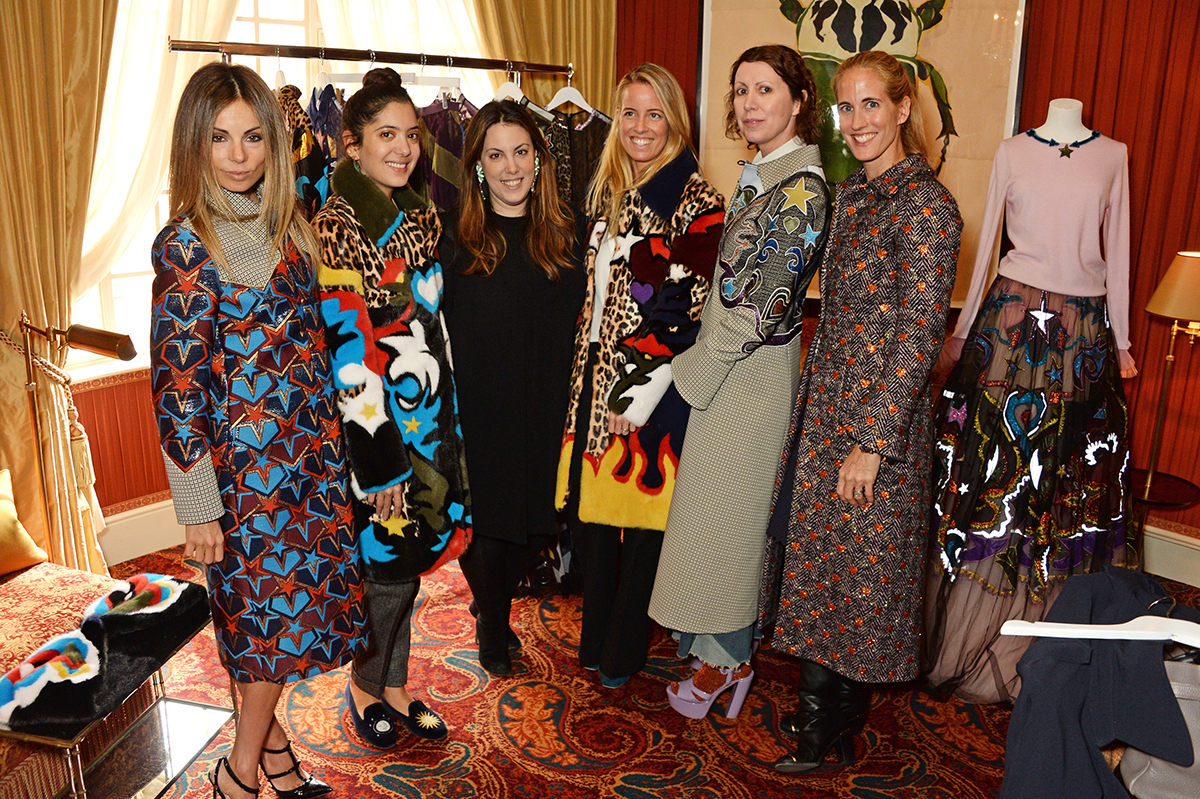
Dakis Joannou with Live Painting of Dakis and Lietta, 2018, by George Condo.
He was Jeff Koons’ best man, is a regular dinner companion of Maurizio Cattelan
and Urs Fischer, and has invited George Condo to create a show for his non-profit Deste Foundation on a Greek island this summer. Darius Sanai meets Dakis Joannou, the art world’s most consummate host and one of its most imaginative and significant collectors, and finds that what drives him is friendship and curiosity
Anyone floating in more rarefied circles at Art Basel, the world’s preeminent art fair, in Switzerland this June won’t help but hear “See you at Hydra!” being tossed around with parting air kisses as collectors depart. In this case, the reference to the Greek island is not to a private yacht or party, but the most desirable and intriguingly democratic art event of the year.
The brainchild of the Greek-Cypriot tycoon, collector, and artists’ friend Dakis Joannou, “Hydra” refers to a series of initiatives both on the Greek mainland and the small island near Athens, centred on the spaces of Joannou’s non-profit Deste Foundation for Contemporary Art (the name Deste comes from the Greek word for “look”).

Dakis Joannou with his dear friend, italian artist Maurizio Cattelan
The building on Hydra is a converted slaughterhouse, which each year features one of the world’s most interesting art shows and related events in the Hydra Slaughterhouse Project. This year’s superstar is George Condo, whose show is entitled “The Mad and the Lonely”.
He follows on the heels of Jeff Koons two years ago, who also designed the exterior of Joannou’s yacht. The uniqueness of Hydra is generated by Joannou himself.
No usual collector, he is, famously, close friends with the artists whose work he procures, spending long evenings with the likes of Koons, Condo, Urs Fischer and Maurizio Cattelan
, talking about life, the universe and everything.
“We meet, we drink, we go for dinner, we talk – maybe it’s about gossip or about art,” says Joannou. “I love how artists think, the original thoughts they have and the angles they take about things. It’s very different to say the way a banker thinks.
I enjoy being with artists a lot.” While there are private dinners, the shows are open to the public and, as it’s a small place, artists and art-world illuminati bump around with tourists who come along to see the art. Anyone can experience 90 per cent of the buzz at Hydra just by buying a ferry ticket. Is Joannou driven by a higher philanthropic calling?

Joannou and American artist,Jeff Koons, with Koons’ Gazing Ball Tripod, 2020-2022
“No, not at all. I don’t put any responsibility on myself about what I’m doing,” he says. “I just do what I feel like doing and it’s up to the public to respond. I’m not doing it for this sake or that sake, I’m just doing what I feel I should do.”
Is it important for Joannou that visitors understand the underlying impetus behind the shows, his raisons d’être? “It’s up to them, I don’t mind,” he says. “I’m just putting out there what I think and feel, but people can take it as they like.”
But he must take some pleasure out of GREEK GIFTS He was Jeff Koons’ best man, is a regular dinner companion of Maurizio Cattelan
and Urs Fischer, and has invited George Condo to create a show for his non-profit Deste Foundation on a Greek island this summer.
Darius Sanai meets Dakis Joannou, the art world’s most consummate host and one of its most imaginative and significant collectors, and finds that what drives him is friendship and curiosity 18 creating something out of nothing, so to speak? “I am very pleased to see a positive response,”
he says.

Joannou with artist Jeff Koons and artist Urs Fischer
“I cannot deny that. I mean, we started on Hydra in 2009 with about 150 people on a long dinner table. And now there are up to 4,000 people who come, so I am very proud of getting a big crowd there.” Joannou says that he gives complete carte blanche to his artists.
When I ask him about Condo’s theme of “The Mad and the Lonely”, he replies, “You’ll have to ask George about that.” Like many highly driven people, Joannou has a hyper-creative mind of his own, and he knows enough to respect his fellow creatives.
See you on Hydra.
You can read Maryam Eisler’s interview with George Condo here.
Condo’s “The Mad and the Lonely” exhibition is at the Deste Foundation Project Space Slaughterhouse, Hydra, Greece, 18 June – 31 October 2024; deste.gr













Recent Comments